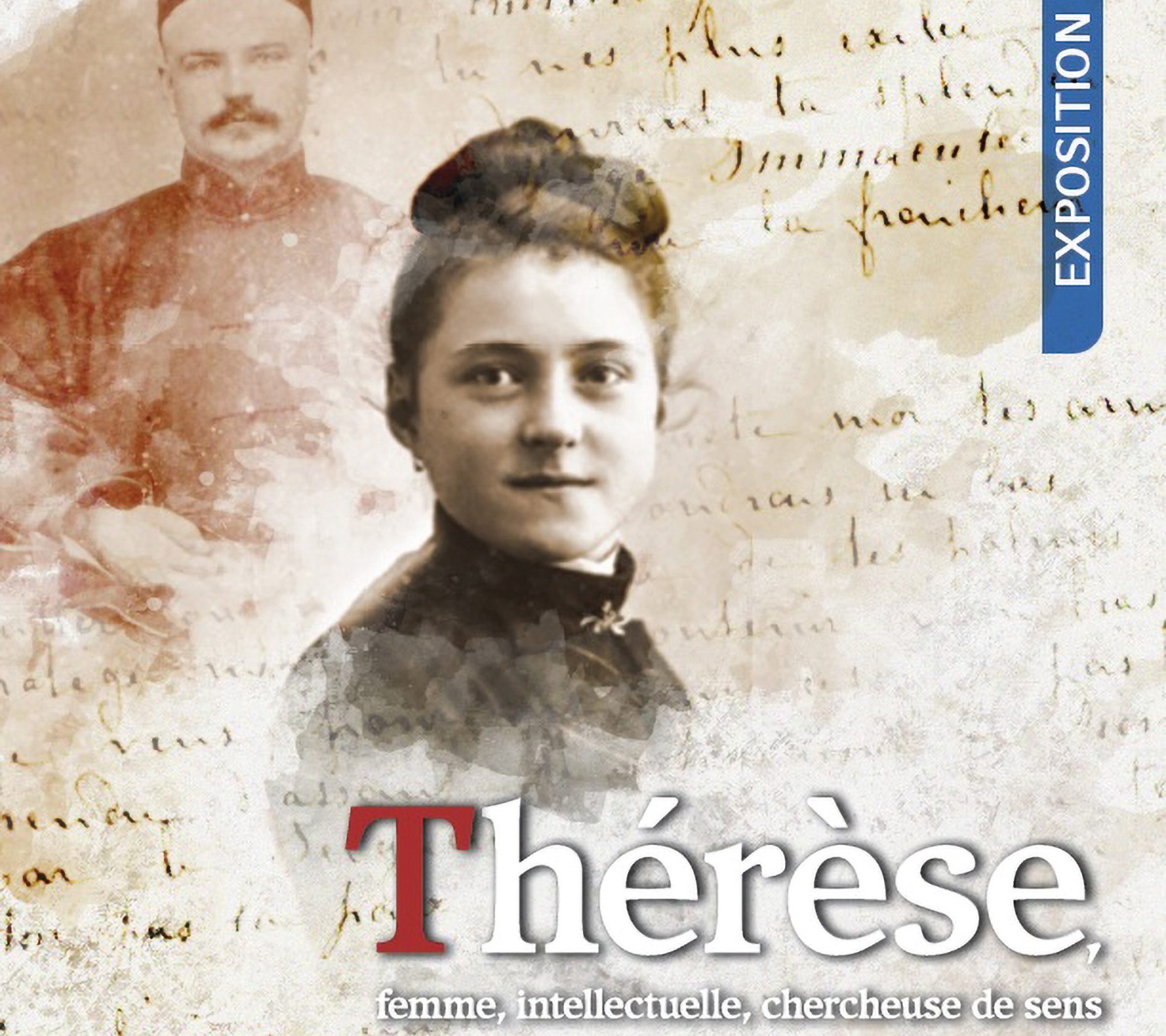150 years after the birth of the Lisieux Carmelite patroness of the missions, an exhibition in Paris investigates her message and presents her letters to the missionaries
«Woman, intellectual and seeker of meaning». It is the profile of Saint Thérèse of Lisieux (1873-1897), investigated by an exhibition underway until April 8 at the headquarters of the Missions Etrangers de Paris (MEP) in rue du Bac, in the French capital. The initiative – which is part of the celebrations for the 150th anniversary of the birth of the Carmelite saint, proclaimed by Pius XI in 1927 patroness of the missions – proposes a series of unpublished documents from the Institut de recherche France-Asie (IRFA) and the Archive of the Carmel of Lisieux which focus on the relationship between Teresa and the missionaries of the Mep.
The frame is the universal message of the saint who, through this exhibition, even a secular institution such as UNESCO intends to celebrate, as the bearer of knowledge and encounter between peoples. The first part of the exhibition focuses precisely on Teresa’s message of love: for her family, her friends, the saints but above all for the Lord Jesus, with whom she identifies completely. But from the Carmel of Lisieux Teresa also deeply loved the men of her time: from the assassin Pranzini, the protagonist of a heinous news story that she called “my first son”, to the priests, the Carmelite sisters, up to the distant world of missions. And then love for all humanity, which she too manifested after her death in 1897 with many healings and conversions all over the world and the extraordinary diffusion of her spiritual diary “Story of a soul”.
And another part of the exhibition is dedicated to the relationship between Teresa and the MEP missionaries. Central is the figure of Father Adolphe Roulland (1870-1934), a native of the diocese of Bayeux-Lisieux, who in 1896 as he was preparing to leave for China was spiritually associated by the prioress with Teresa: the two began a correspondence of 14 letters, in to which the Carmelite defines herself as “the little sister of a missionary”. These letters are displayed for the first time in the exhibition together with a “ball” (liturgical decoration, ed) embroidered by Teresa for Father Roulland.
In the correspondence, the Carmelite also speaks of Father Théophane Vénard (1829-1861), a missionary from the MEP who died as a martyr in Vietnam. The priest – who had left numerous letters to his contemporaries – had greatly impressed Teresa. And it was also to Father Roulland that Teresa too had confided her possible departure for the Carmel of Hanoi; a project that the deterioration of her health made impossible. On 6 September 1897, however, she was able to receive a relic of Father Vénard as a gift which she kept close to her until her death.
